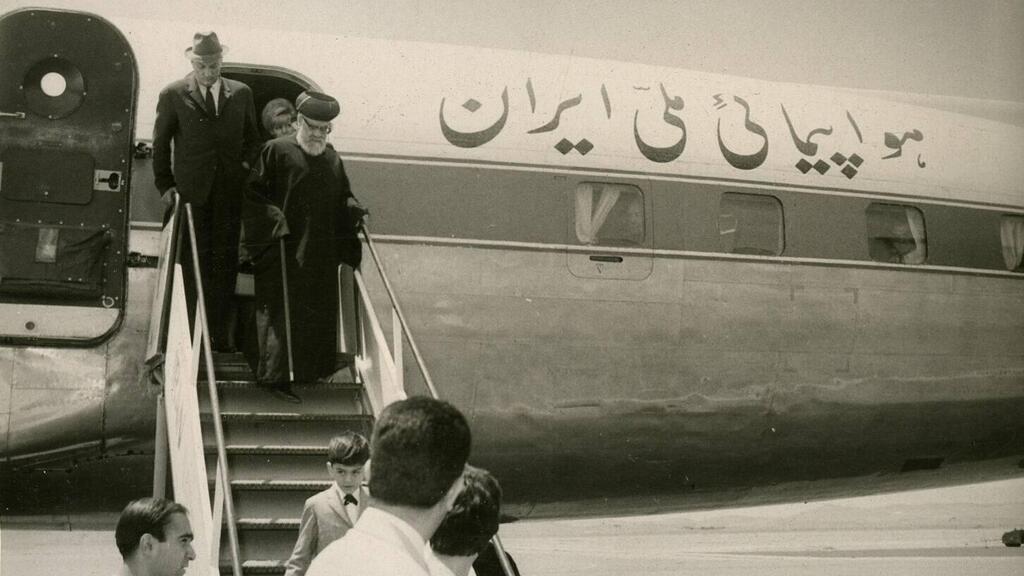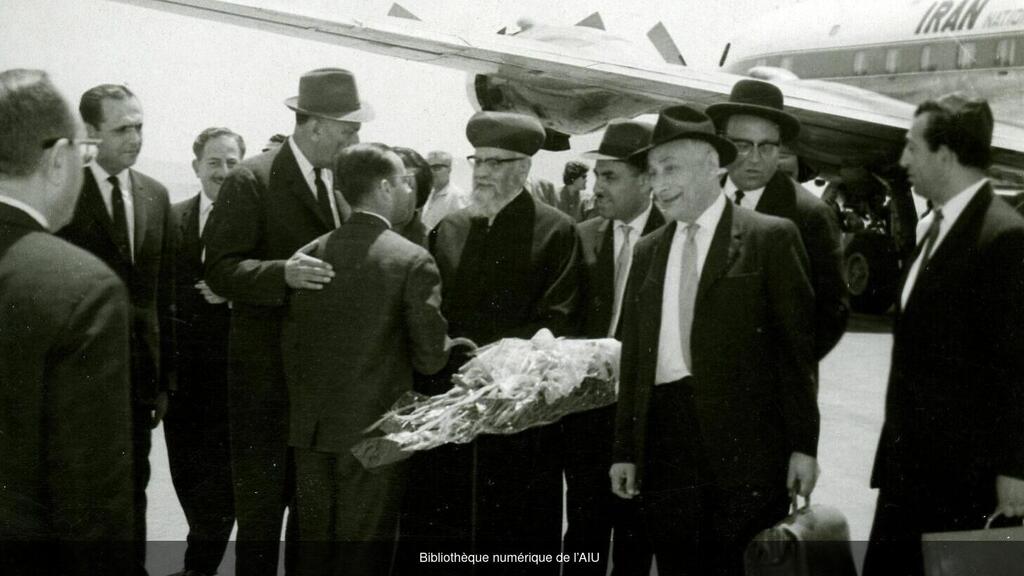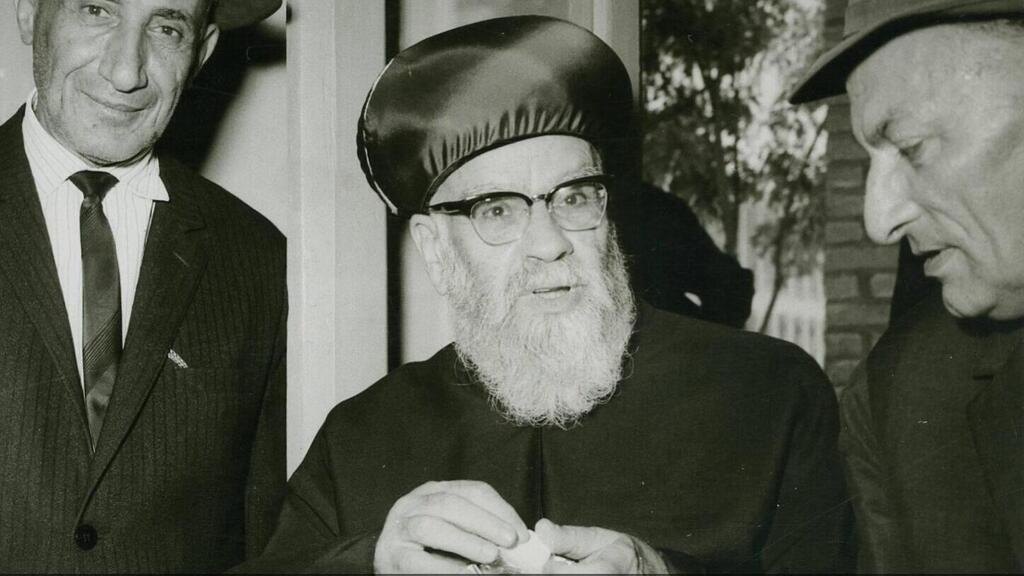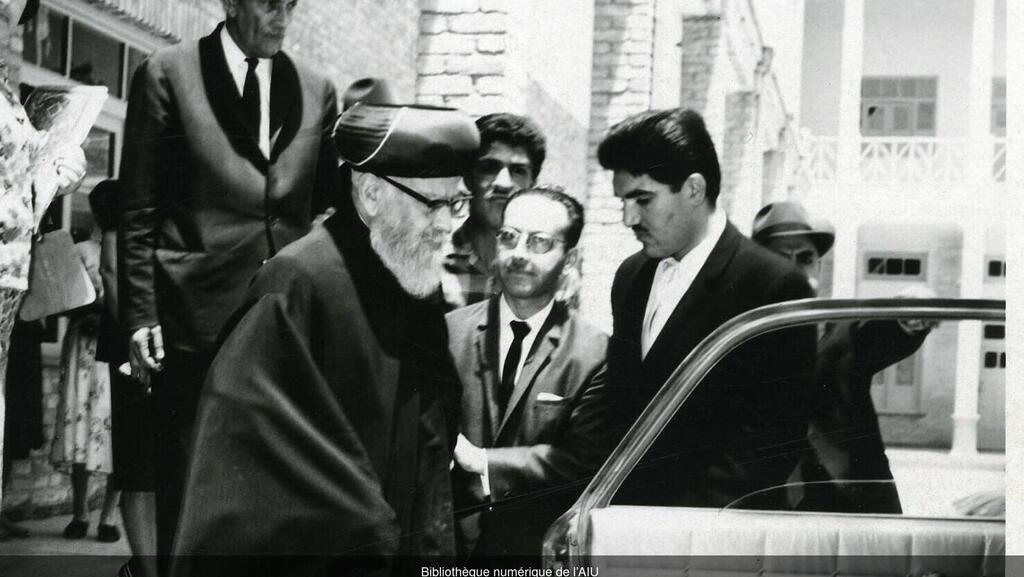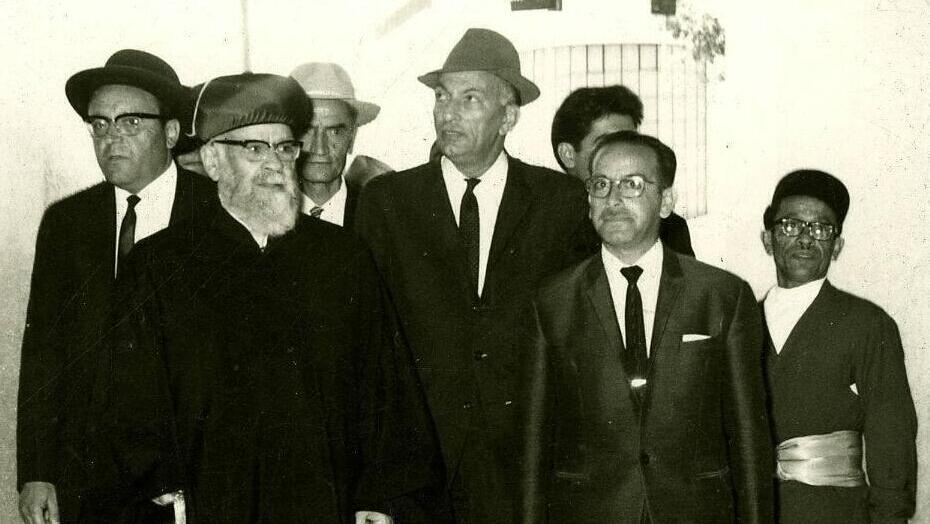Israel’s chief rabbis have long maintained ties with Jewish communities abroad, including in Muslim countries. Rabbi Yitzhak Nissim, who served as Israel's Sephardic chief rabbi from 1955 to 1972 and passed away in 1981, was born in Baghdad. After moving to Israel, he worked to strengthen connections with Jewish communities, including in Iran, his father's birthplace.
In 1966, Nissim made a historic visit to Isfahan, Tehran and Shiraz, meeting with senior members of Iran’s Jewish community. Newly uncovered archival footage from that visit, revealed by Ynet, provides a rare glimpse into his time in Tehran before the 1979 Islamic Revolution that brought Ruhollah Khomeini to power.
The visit was prompted by complaints from Iranian Jewish women about gender-based discrimination under Iran’s strict Islamic laws. They appealed to the rabbi as a religious authority, requesting a Jewish law ruling to address their unequal treatment, particularly in inheritance laws that granted exclusive rights to male heirs while disregarding daughters.
The rare photographs were released by Alliance Israelite Universelle in honor of the 7th of Adar, the traditional anniversary of Moses’ death in the Hebrew calendar, which the organization dedicates each year to the study of great Jewish scholars.
During the reign of the Shah, before the revolution, Nissim was an honored guest in Iran and maintained close ties with government officials. His influence helped commute the death sentence of a Jewish man convicted of a serious financial crime to life imprisonment. The chief rabbi also studied the customs and daily life of Iranian Jews, encouraging them to immigrate to Israel.
Throughout his visit, Nissim sought to meet as many Jewish community members as possible, offering religious guidance and addressing family, economic and personal concerns. Following his return, Israel’s Foreign Ministry and the Jewish Agency received letters of gratitude from senior figures in the Shah government, who were deeply impressed by the visit’s impact.
Get the Ynetnews app on your smartphone: Google Play: https://bit.ly/4eJ37pE | Apple App Store: https://bit.ly/3ZL7iNv
Archival images from the Alliance Israelite Universelle Museum show Nissim stepping off the plane to a warm welcome from the community, visiting the Ettihad Jewish school in Iran and meeting with communal leaders.
Rabbi Dr. Yitzhak Ben David, head of the Yad Ha-Rav Nissim Synagogue and Research Institute, noted that the visit embodied two key principles of Nissim’s leadership: fostering connections with Jewish communities worldwide while actively addressing women’s legal and religious status in Jewish law.
Chani Mamram, deputy director of Alliance Israelite Universelle and curator of the Alliance Museum, highlighted the 7th of Adar’s significance: “The anniversary of Moses’ birth and passing was chosen by our organization as a day to study the teachings of Jewish scholars.
“Throughout history, Israel’s sages have played a crucial leadership role, guiding Jewish communities in matters of family, economy, marriage, livelihood and housing. Their leadership saved lives and shaped Jewish identity,” she added.



